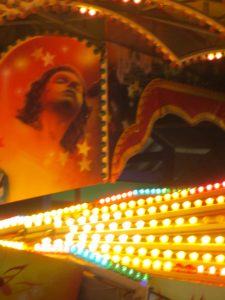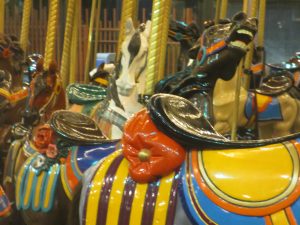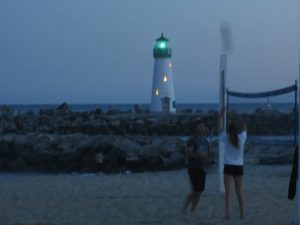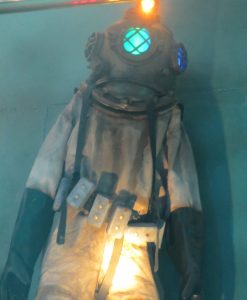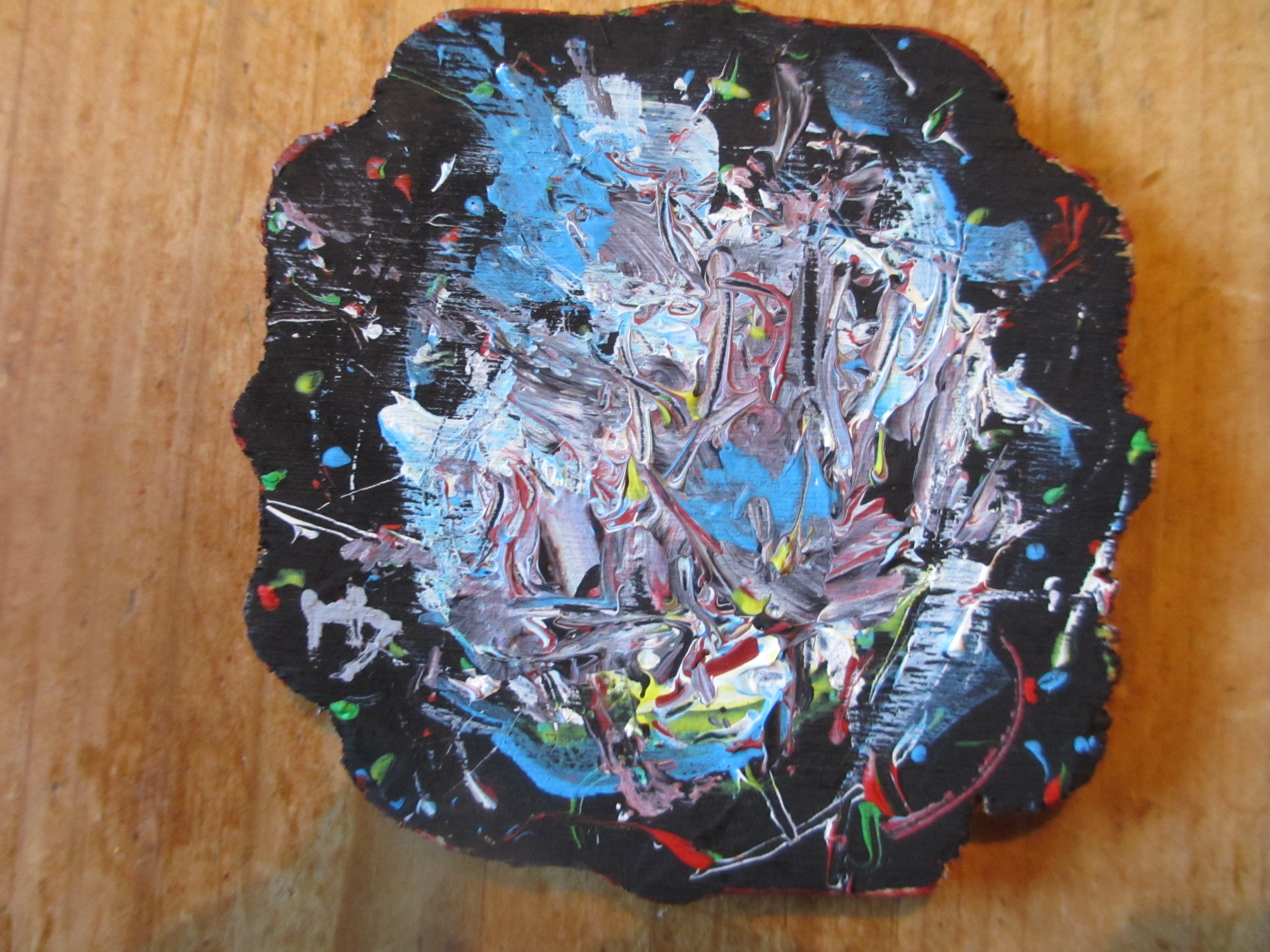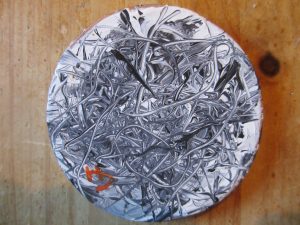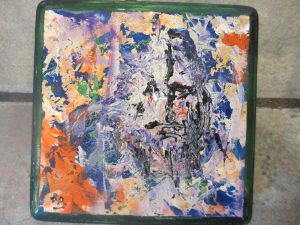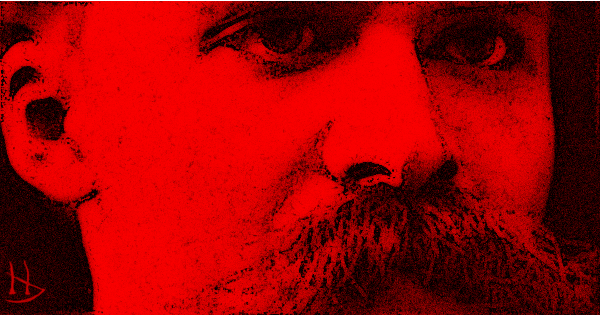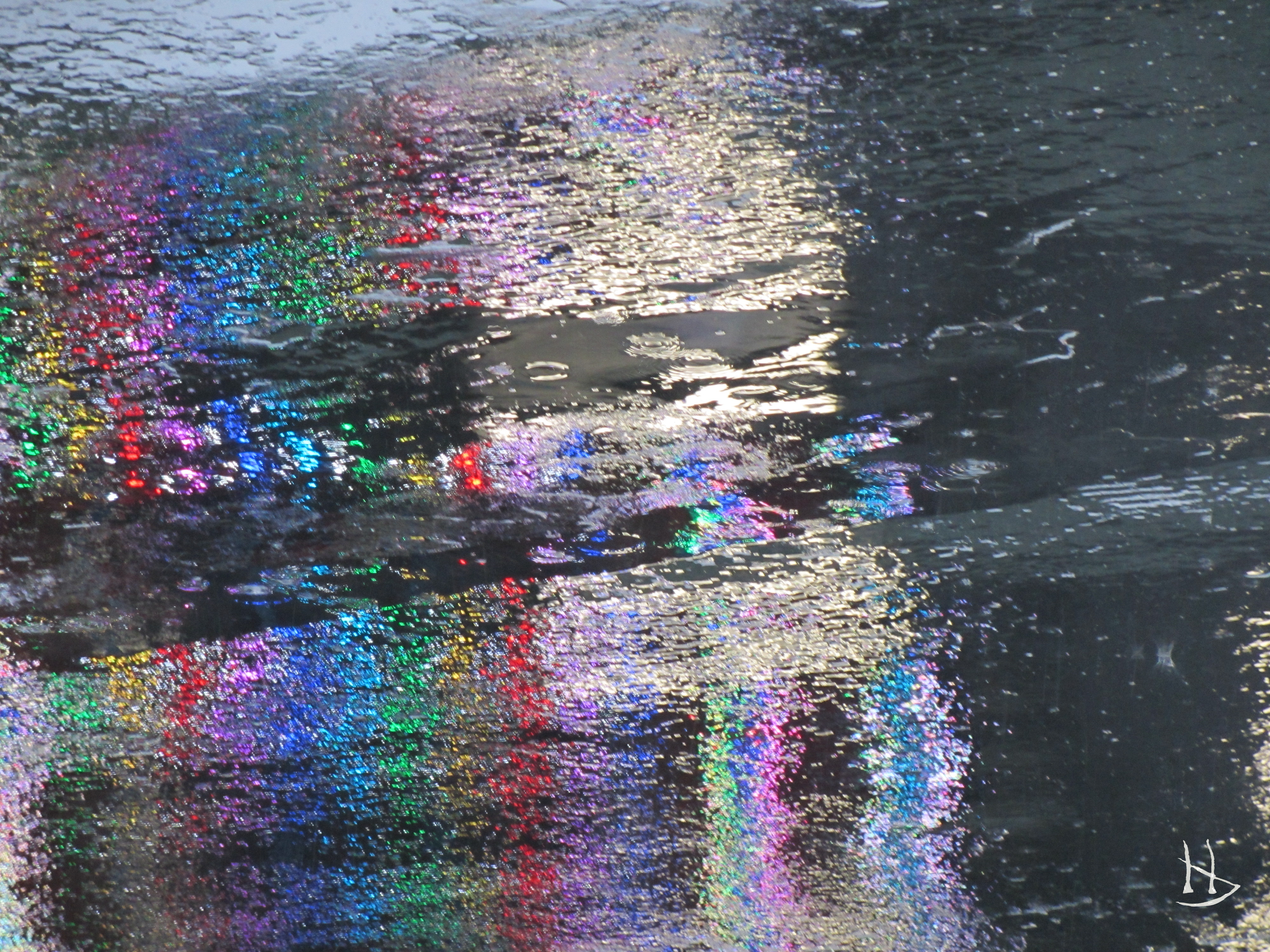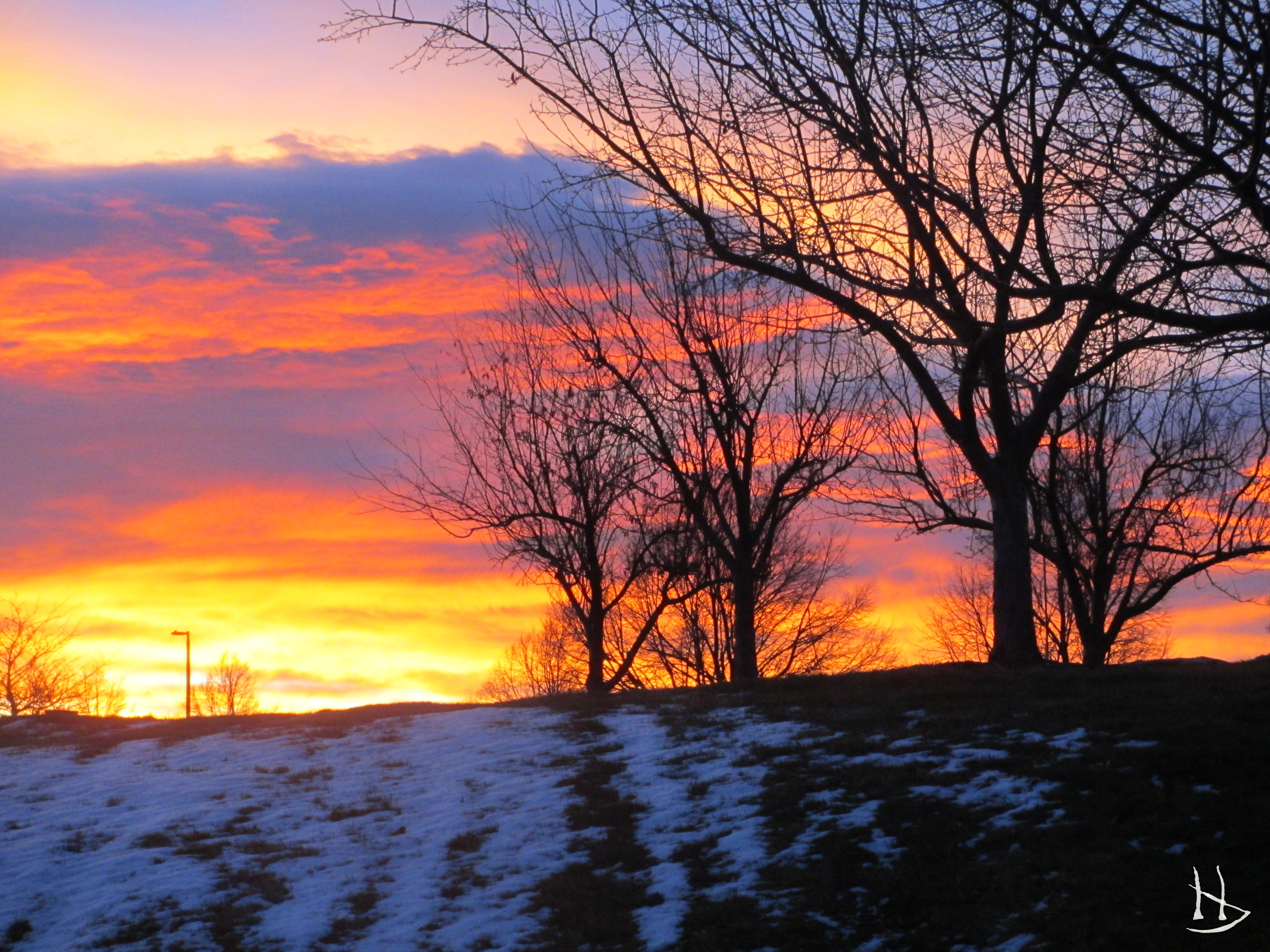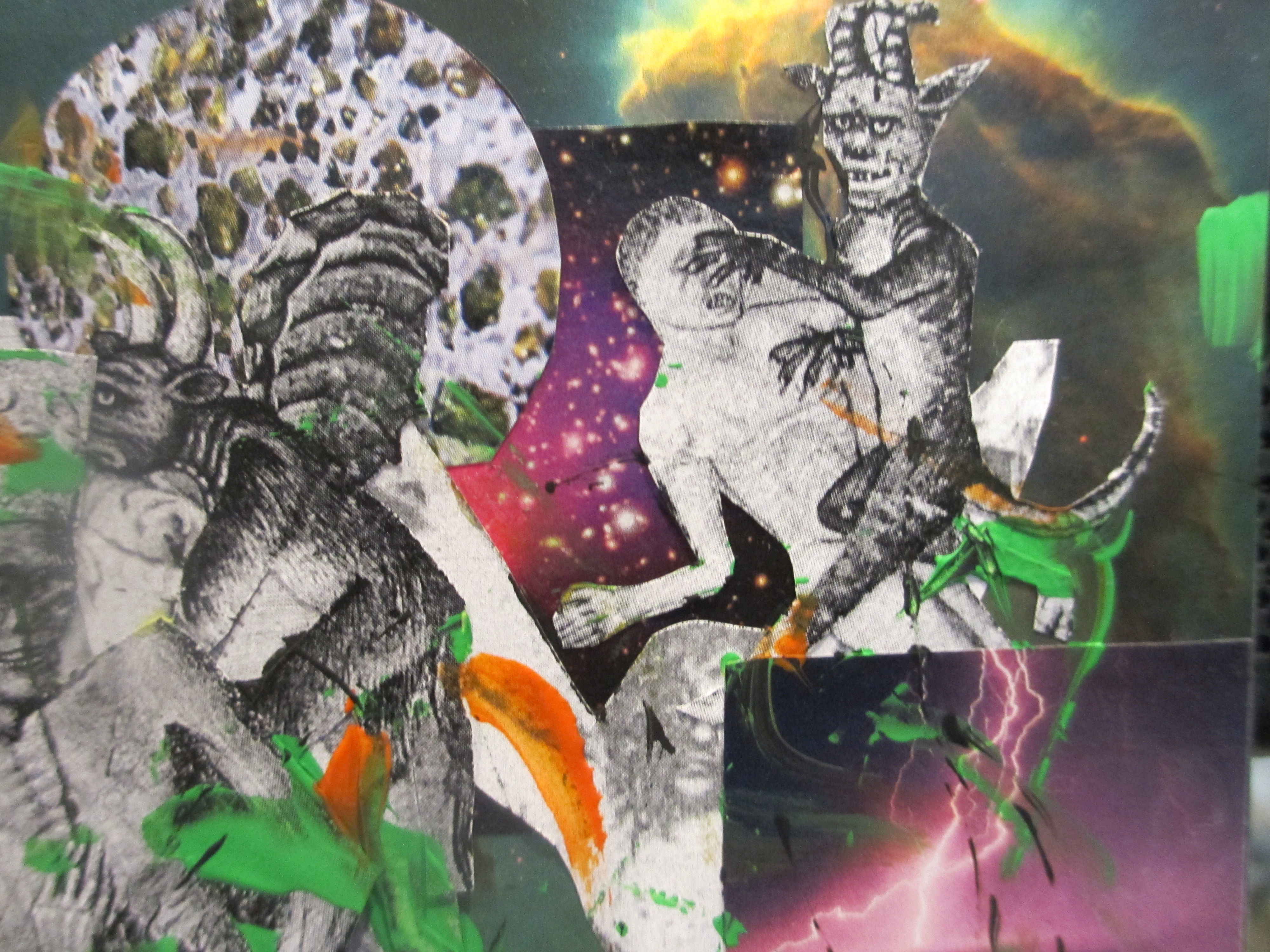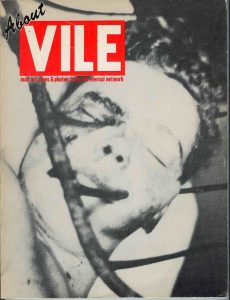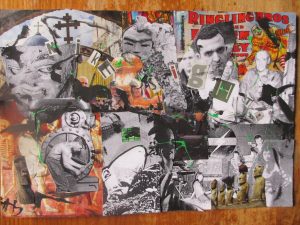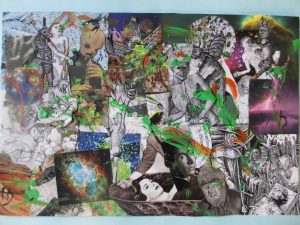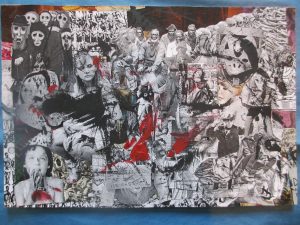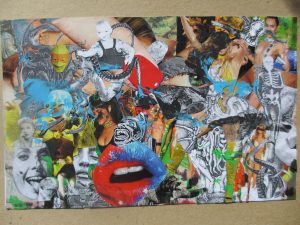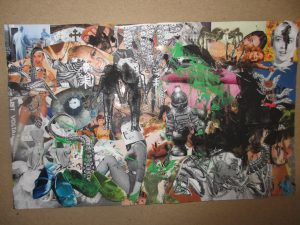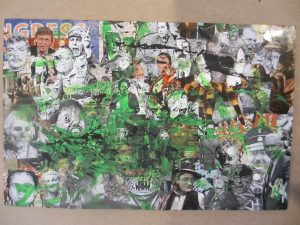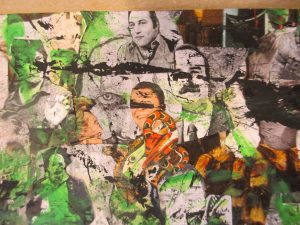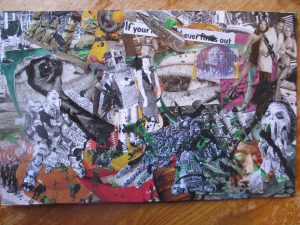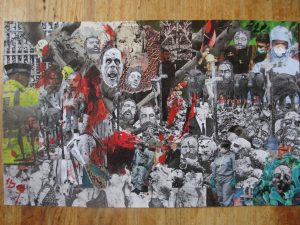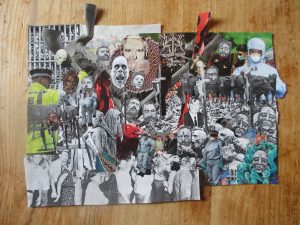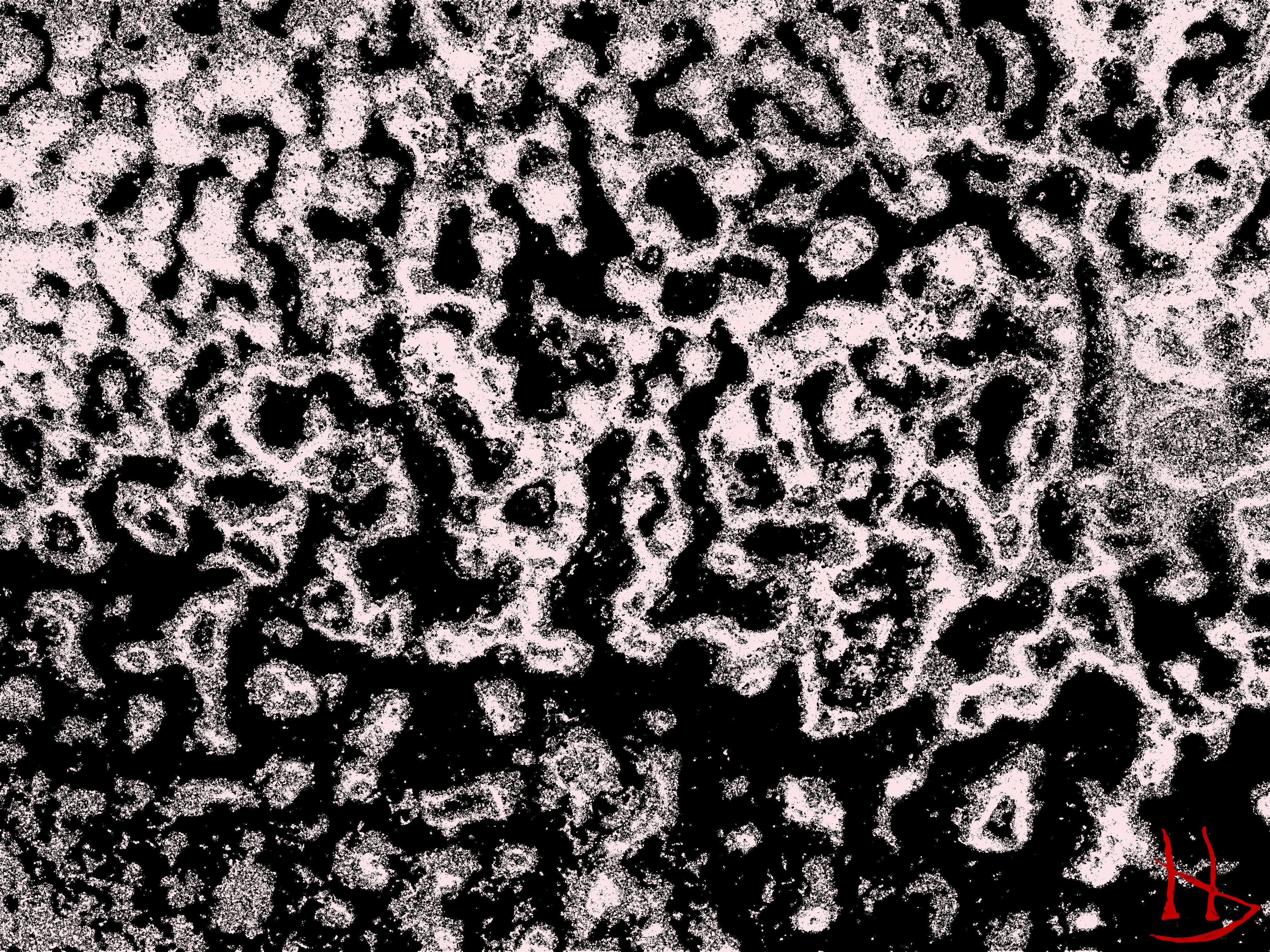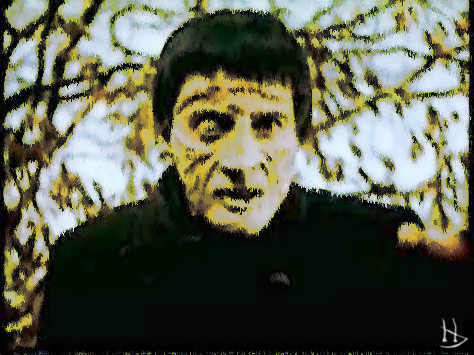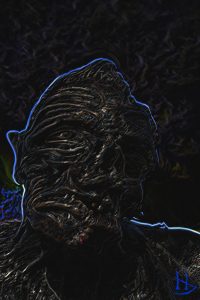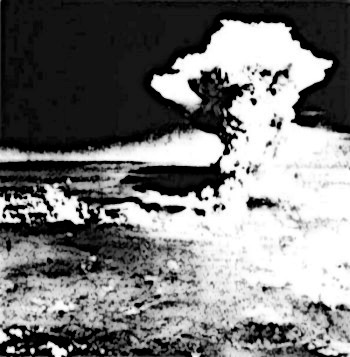
Marking 75 Years of Post-Modernity
The end is near.
The end of this world is coming soon.
Is this ending the harbinger of a new, more just and equitable emancipation of humanity or simply the end?
American and, indeed, world leadership has brought us to this point. Is that any surprise?
If you actually are surprised, you most likely need to go back and get schooled.
On August 6, 1945 (75 years ago) the United States dropped the atomic bomb on the Japanese city of Hiroshima. Three days later, a second bomb exploded over Nagasaki.
This Reality, more than any other, made it evident that we had all officially entered into the post-modern era. Humanity now has the ability to extinguish all human life on the earth.
Post-modernity, more than anything else, asks what Truth is – if there is even such a thing. Foucault’s great insight was that this thing that we call Reality is really a manifestation of power.
Excepting for those who have truly managed to remain outside of our society – hermits, serial killers, itinerants and mendicants – Americans are all products of a violent, white-supremist patriarchy. Every one of us.
Our leaders are also products of this society. Indeed, it is our leaders and our experts who have worked so diligently to get us here and keep us here.
Human history is really about over 6000 years of the relationship between the few masters and the great masses that must be called slaves. Power follows wealth, but power is what is monolithic, not Reality. Remember Foucault.
To continue down this path of leadership and power, we must resign ourselves to the extinction of the human species.
Take a good, hard look at who or what it is that we are actually looking at here.
Let me help you….
This is Death.
With Death comes misery, injustice, poverty and unhinged nihilistic madness.
This then is a Reality that can not be dismissed for long. This Reality transcends this world and comes to us courtesy of powers both of this world and likely straight from the transcendent itself.
Your leaders and your experts have brought you here. So why do you continue to ask them to appear on Meet the Press and Face the Nation? Why even tune in anymore?
It may be time to drop that LSD-25 into the reservoir. It certainly is a time for Legends and for Heroes. It’s time to stop the Empire, destroy the Death Star and take back our planet.
It is too late for reform. We’re running out of time. All we have is Revolution.
Let’s do a bit of a reassessment since we are so in need of a little Electroconvulsive Therapy. We need to change the way we think. Remember, all of us, everyone of us in this society, is a product of the violent, white supremist patriarchy.
We need to get in touch with our feelings. We need to experience the transcendent. We need to quit being such selfish bastards.
- We have found ourselves staring into the abyss.
- The leadership that has brought us here asks us to show a little faith. Just one more step now folks.
- We are in need of new counsel.
- Our systems and institutions have largely failed us.
- Power has used language and deceitful language to maintain its power.
- The powerful believe in serving themselves.
- The powerful have served themselves through the accumulation of property and wealth.
- The accumulation of this property and wealth has been extracted through violence, coercion and deception.
- The powerful have demonstrated they are poor stewards of the earth. Recall where we find ourselves. Their crimes are among the most heinous in all of human history.
- The powerful have lost all legitimacy…every scrap of it…that they might have once claimed.
- Capitalism, like any conceivable consumption-based economic system, is not only a tool of the powerful, but directly responsible for the place we find ourselves in today.
- Fossil fuels and greenhouse gas emissions are only part of the problem we are facing and must be viewed in the broader perspective of a Capitalist global economy.
- This may warrant repeating: Capitalism is at the core of our problems and must be supplanted.
- Demographics and population issues are not the cause of our problems, but the symptoms of global capitalism. Take note that 80% of the global population only accounts for 20% of climate-change activity and, of course, 20% of us account for fully 80% of this activity. Education and ready access to affordable health care (for women too!) results in flattened or even negative population growth.
- Justice is a critical part of revolutionary change and entails more than simply human rights.
- Animal agriculture as we see fueled by Capitalism must be eliminated for the survival of the species.
- I’m not making this shit up.
- Consumption and Conservation are opposing ideals. Cooperation and Competition are opposing ideals. Hubris and Humility are opposing ideals. Ignorance is the beginning of knowledge, but wisdom only thrives in the absence of folly. Wisdom is not intelligence and intelligence doesn’t directly correlate with wisdom.
- The conservative trajectory to reclaim some lost innocence of the past is a deception. The past has directly led us to the present and has never lived up to its romantic billing. This world is a world of corruption, greed, injustice, poverty, assault, violence, racism, sexism, oppression, repression, persecution, manipulation, exploitation, starvation, abuse, war, theft, gluttony…and this has been true throughout recorded human history.
- The progressive trajectory may be flawed, experimental and risky, but it is our only opportunity.
- You personally have a responsibility and must personally accept and act upon this responsibility.
- Coercive violence is a tool of the State and of the oppressors. The powerful have worked for over 6000 years to consolidate this authority. We must abandon any plans to meet this violence in kind.
- This is, as Naomi Klein called it, the Security Age. This is one segment of the Information Age and taking place within the context of the Post-Modern Era. Expect the powerful to reach into their bag of tricks. For them, this is about their survival.
- The survival and success of the powerful will result in the extermination of the human (and many other) species on this planet.
- We must foment a non-violent Revolution to bring about an end to the violent, white supremist patriarchal hegemony. We can not rely on our past leadership, or experts, or much of our own previous experience. We must think and act like revolutionaries.
- Conservatism is not innovative, but relies on proven strategies such as “divide and conquer”, “public relations” and fear.
- Progress is innovative and relies on creative approaches to unlock justice and equality.
- The current system of power is hierarchical and works to retain the master-slave dichotomy.
- Progressive systems of power are flat and non-hierarchical nurturing real human freedom and seek an ecological and economic balance.
- The primary mechanism of power is no longer the State, but is a stateless international Corporatism.
- One of the Capitalistic myths is that Capitalism is a political system. It is not. Capitalism is an economic system.
- Democracy is not Capitalism, but it is a political system and not an economic system.
- Another Capitalistic myth propagated in our neoliberal times of “voodoo economics” is that Capitalism is a production-based system. It is not. Capitalism is based on the market. Put simply, it relies on consumption and a market of consumer-workers whose activity propagates the inflationary spiral.
- We have the power of the market, but only in solidarity. While labor strikes place pressure on production, boycotts have the power over the market itself.
- Bringing the market to its knees will bring about change. The Corporate model has no response to this.
- The powerful have long ago realized they can not maintain their grasp on Reality through democratic politics and still maintain exploitive and deregulated Capitalism, they must transform their inverted totalitarianism (or soft fascism if you will) into bootjack fascism and outright authoritarianism. With the deregulated, neoliberal bifurcation of the economy, your schooling to date has led to this impasse.
- In the U.S., the 1% elites utilize the dwindling 20% class to convince the rest of us that in a system that creates Princesses and Paupers that we too can exploit social and economic mobility and become one of the Princesses. This dynamic is changing as we become schooled on what is happening around us – something referred to as Reality.
- There are three sorts of deniers, but the results of all three are identical – denial of the Reality that has been made manifest by the Powerful. The globe is undergoing extreme climatic change brought to you courtesy of the world we have all helped to construct and maintained under the leadership of the powerful elite. There are those who outright deny human-derived climate change – most of these hold at least some modicum of the truth of the matter, but are hypocrites and liars (call these the devious elites and their foolish and unknowing stooges). There are those who believe we are past the point of no-return, so they deny we can do anything about this issue. This is denial and is often the denial of the liberal elite. Finally, there is the comfortable ignorance found in burying one’s head in the sand. To overthrow the hegemony of power and Death the deniers must be booed off the stage along with their experts and cohorts. We must face Death and Extinction with open eyes and open hearts to have any chance to thwart this catastrophe.
- Denialism is doomed and its proponents pariahs. Like the skeletal remains at the end of the Dracula creature feature, they and their ideas are rapidly becoming nothing but dust in the wind. We could accept the alternative and accept that we are all dust in the wind, but I would argue we will then find our place sitting side by side with the evil Count himself and his ilk – Hitler, Mussolini, the Son of Sam, Damien Thorn and Devin Patrick Kelley. In a real sense, we’re even worse if anything. Hitler was “only” responsible for several million deaths and not the extinction of the entire human species. This is a moral issue even if you have led a life of denying morality of any kind.
- Expect some serious bad-craziness everywhere. It’s desperation time now. The status quo, the powerful, the elites have brought us to the brink. Now the game is up so expect a hail Mary Flea Flicker called on the audible.
- We must transform and this starts with each and every one of us. We are all products of the violent, white supremist patriarchy. Our leaders, our experts, our gods are false prophets who have led us to the brink of the abyss. During this pandemic, please take a look down this hole. Yes, that’s Death looking you in the face. There is no way out. To embrace Death, you will only find yourself back in this Hell we’ve fashioned from our fallen and fractured selves. It is too late to reform our broken democracy or resurrect our lost cause to join with the landed elite. We must tear down these walls to find a simpler way of life that is in touch with the earth and with all of our brothers and sisters. This is a call for sacrifice, but the alternative is to become the sacrificial lamb of the deranged and powerful who would lead us off the cliff and into the abyss where they already anticipate our thralldom and are burning in misery and in shame.
So, let’s get off our collective asses. It’s time to act and act together. We have a real common cause and this simply must be the unifying issue that it is. This is political, but it’s a human issue and not a matter of conventional politics. This is a moral imperative and while it is like so many of the moral choices we must each individually make every day, it also has earth-shaking significance. It is the time of Legends and of Heroes. It is the time when “every-man” and “every-woman” must rise to the heroic. Which side will you be on? So, either get out of our way or join the march. We’re going to bring these walls down and find a more humble and humanitarian life before its too late. Too late for us and too late for our children. What will your legacy be? How are you to lead the rest of your life?
